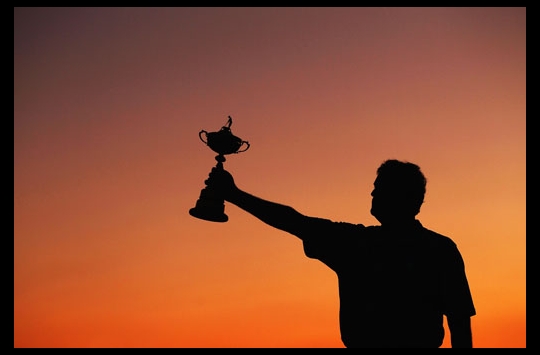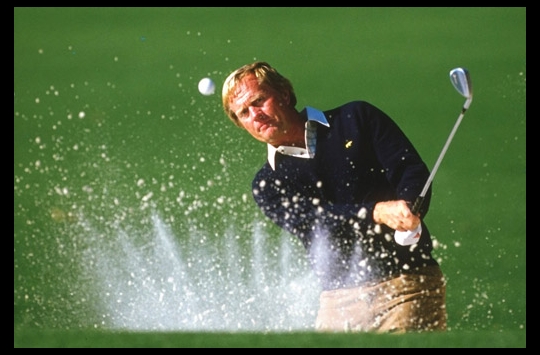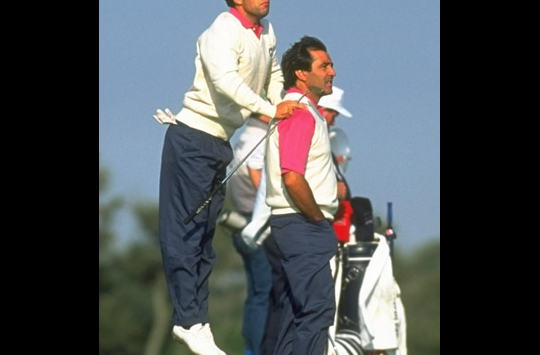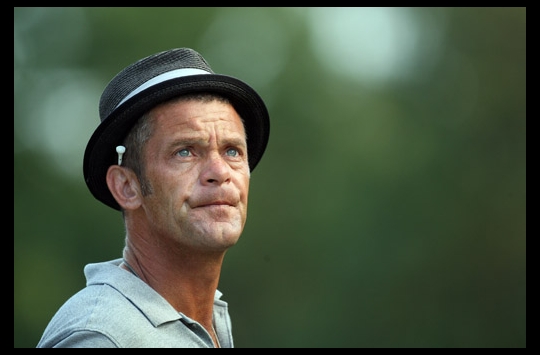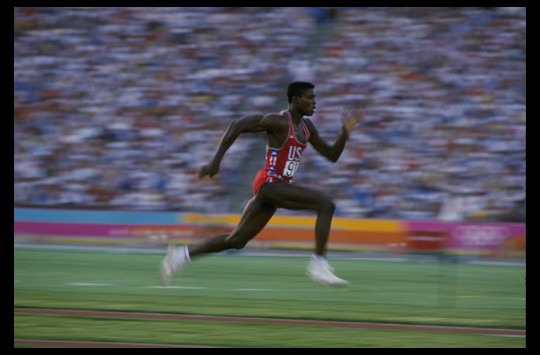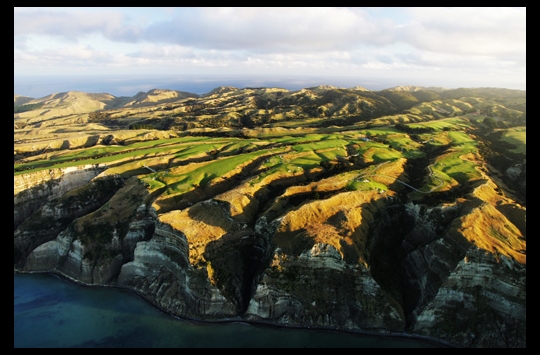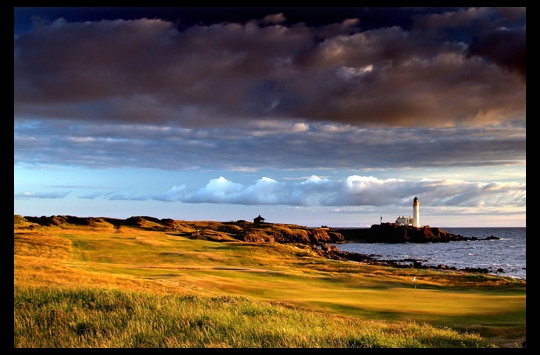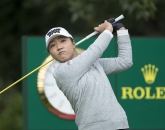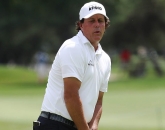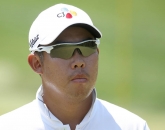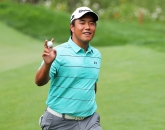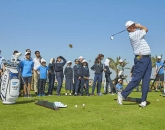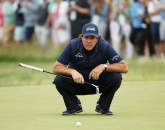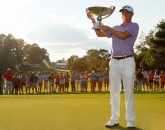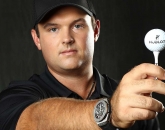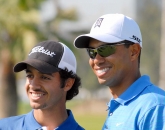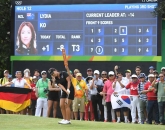Does that mean it's harder getting good pictures at St Andrews, which is pancake flat?
St Andrews is the worst, apart from the seventeenth and eighteenth holes. I rarely walk further than the first two holes and the last two holes at the Old Course. There's the lack of elevation, the limited access – photographers have to stick to the sides of the double fairways – and it's also the messiest. There are three different TV broadcasters – the British crew, the Americans and the Japanese – so you can have up to as many as six mobile cameras following the action in the fairway and they can – and do – get in the way. This along with a lot of signage – the Open is the only major that has advertising boards – makes it harder for photographers. Despite all this, I do love the Open. Turnberry is the best course on the rota to shoot at by a mile; the scenery and the famous old lighthouse make it a great place to shoot.
Some of your most famous images were taken at the Ryder Cup. Where does that event rank among your favourites?
I love all the match play events – the Ryder Cup, the Walker Cup ... the Solheim Cup, when it's been played in Europe, has been really good too. My Ryder Cup pictures all seem to be based around Seve [Ballesteros] and Olly [Olazabal]. But the Walker Cup has to be one of my absolute favourites. It was always my ambition to play in it, but obviously I didn't get that far. It's full on – 36 holes a day for two days – and you get to see all the young guys coming through. Of the top 40 British and American players in the world right now, probably 38 have played in the Walker Cup. Luke Donald, Justin Rose, Rory McIlroy, Dustin Johnson, Rickie Fowler have all played; Lee Westwood would be the exception. One of the great moments was Gary Wolstenholme beating Tiger Woods on the first day at Royal Porthcawl in 1995, despite Wolstenholme being 60 yards shorter off the tee than Woods. Tiger then did him 4&3 the next day. Great stuff.
What are you looking for with action images?
The facial expression is vital. You have to focus on the eyes and forget about any other part of the body – the first thing anyone looks at are the eyes of the subject. Clean backgrounds are important too. You don't want in-focus ropes or odd people in the background, which is why Augusta is so good. If there are crowds then they need to be far enough back that they're blurred. Most of my favourite golf photos are from the 1980s and 1990s when the players didn't wear hats or visors. Headgear can create shadows on the face, but more importantly it takes away from the personality of the players. Greg Norman, Jack Nicklaus, Faldo – all those guys looked great without a hat. But it's a fact of life – [advertising on hats] is where the money is.
If a player is making a charge on the final day, do you stay with the leaders or go ahead and follow the guy making a move?
It's very difficult to determine. Like at the Masters this year, do we follow Tiger who was an hour ahead or the others? At the majors we have four photographers and as I'm the senior guy it's my call where we go. At Augusta there was three of us with Tiger on eighteen – and that meant we were quite exposed. But we got lucky. Nobody eagled the thirteenth, which was my worry, and it all worked out. In the old days I would cover tournaments on my own, which was obviously far more difficult. At the 1986 Masters, when it was Seve and Nicklaus I thought 'Oh my God, which way do I go?' I ended up going with Nicklaus, which was the right decision luckily.


